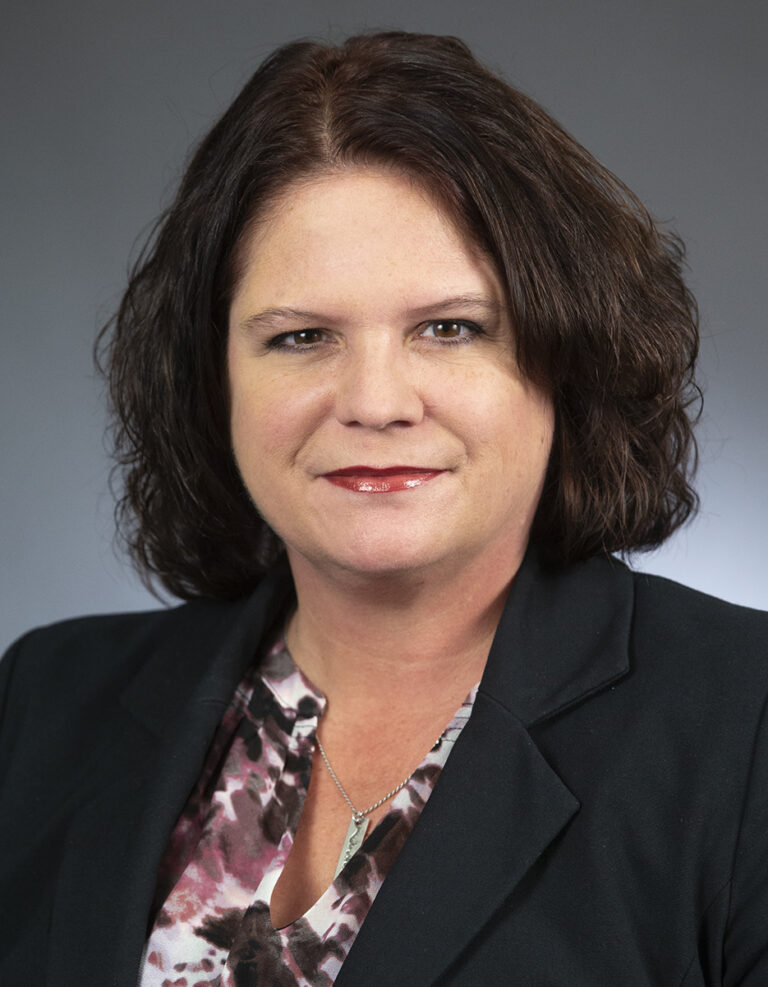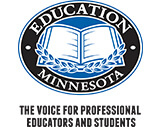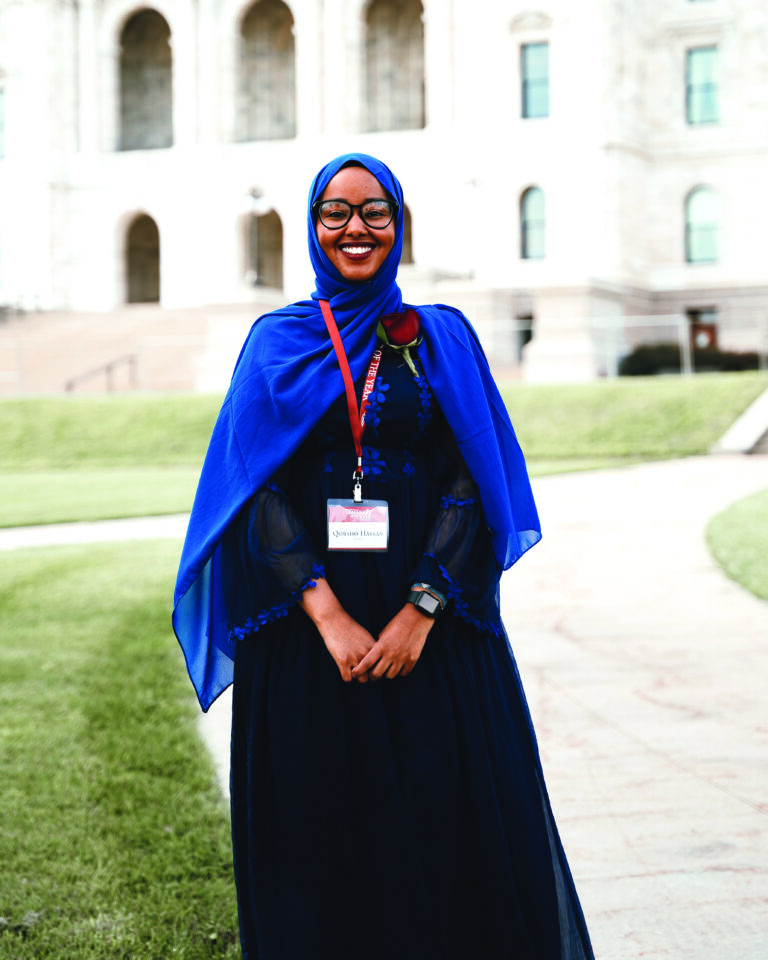While the St. Francis School District’s mentorship program has gone through a few changes, the core focus has remained—creating a real connection with new employees and offering leadership opportunities to established educators.
“Our goal is also to build the capacity of our teachers across the district in the mentoring role,” said Linda Ericson, the district’s Q Comp coordinator who runs the mentoring program. “We have the culture of ‘this is what we do with our new people.’”
Ericson is a teacher on leave working on the program, which is funded through Q Comp.
“We want to build that common culture,” said Ryan Fiereck, local union president and an elementary technology teacher who has gone through the mentorship program. “The Teacher Academy (the district’s Q Comp, teacher-led professional development program) really aims to get everyone on the same playing field and this is part of that.”
Fiereck said that union was very involved with the district being one of the first in the state to join Q Comp, and has been involved in the decisions of creating the mentorship program and making sure it is done well.
“Union leadership at its best is leading professional development and building relationships,” he said. “People don’t always tie that into union work.”
Fiereck credits the mentorship program with getting him through his first few years of teaching in St. Francis.
“It was a really big deal to have someone to go to and answer questions,” he said.
And now as a mentor, Fiereck says having that sustainable induction program is important.
“We struggle to find time to slow down and ask how I can do my job better and how can I help someone do their job better?” he said. “Even just the small stuff like making a copy or how do I request a sub, we want people know they have someone to go to and ask questions.”
The district provides training and a stipend to its mentors, who have to go through an application process to be considered.
Mentors need to apply, including having some recommendations. Once accepted, they attend a three-day training at the end of the school year. Then they commit to mentoring a new educator for their first three years.
“When we send out the link to apply, people get excited,” Ericson said. “There’s value in the work and being able to say you have mentor training—learning how to be a mentor and to be a leader.”
While the stipend is appreciated by the members, it never makes it close to covering the amount of time they spend with their mentees, said Ericson.
“We have a lot of people trained as mentors,” she said. “We want to have them trained in all the job roles—to give people mentors as close as possible to their home site and in the same role. We have found that to be the most successful. We try to have a rotation, too. People have questioned why we have such a big pool. We want to make sure that we have a pool that meets everyone’s needs.”
Mentors and mentees meet at the district office the week before workshops. They then spend the day together at the new educator’s job site.
Mentors of first-year teachers are asked to check in with their mentees at least three to four times a trimester, said Ericson.
“We ask them to fill out a mentor log and record what’s going well, what some of their questions have been,” she said.
Once a trimester, there is also a big group session to review the teaching standards.
Mentors are also asked to try and do a formal observation of their mentee.
“When we have the day in August, we give them a list of things to go through and also some little things that are the big questions new people need, from where are the markers to what to wear to open house,” said Ericson.
“We want our educators to have an advocate to go to, even for something small like ordering construction paper,” Fiereck said. “Usually you don’t think about it until you need it. We want to get the best teachers out there and give them what they need when they need it.”
The new teacher mentorship program runs for their first three years, but the program doesn’t stop there.
If a teacher gets reassigned to a new building or a new position, they can activate the mentorship program again.
“When I was teaching, I moved from a special education classroom to sixth grade, and there were big differences in how the day was structured,” said Ericson. “It would have been great to have someone to talk to about my new position.”
The program hopes to help educators on a professional level, but personal relationships also form.
“The first gal that I mentored is still our art teacher,” said Ericson. “We have maintained our friendship. She still will come to me. I just love to see that she came into our district and see where she has gone. It all started with a 4th-grade teacher mentoring an art teacher.”
Fiereck said that while their district uses Q Comp to fund the program, a mentorship system like this could be implemented without that funding source.
“It’s one of the things that people are willing to put on their plate, because they know how beneficial it is,” said Ericson.
Components of St. Francis’ mentoring program
- Assigned mentors for first three years in the district.
- Mentors have to apply, including providing recommendations.
- Mentors go through a three-day training.
- Mentors and mentees spend a full day together before workshop week.
- Mentors and mentees are asked to meet three to four times a trimester.
- Mentors fill out a log to track what’s going well and what have been the biggest questions from their mentee.
- Mentors received stipends, funded by Q Comp.
- Teachers can reactivate the program if they move buildings or positions.





